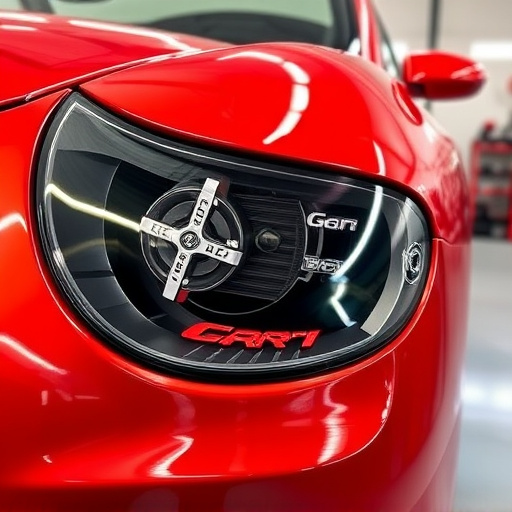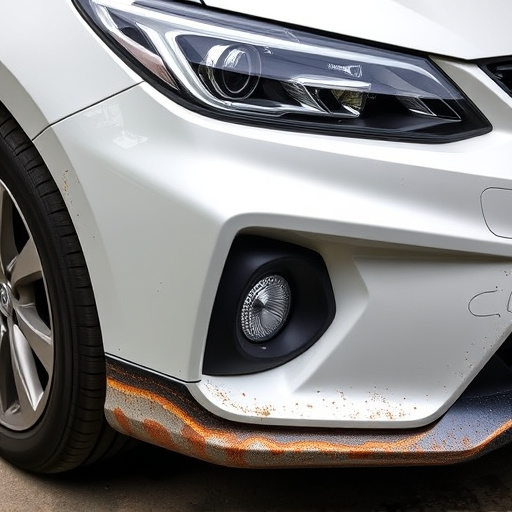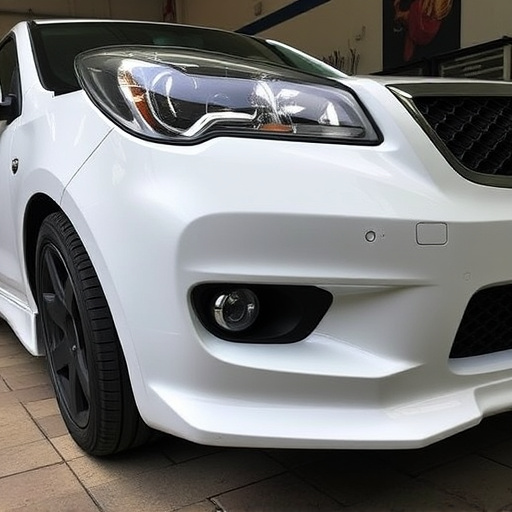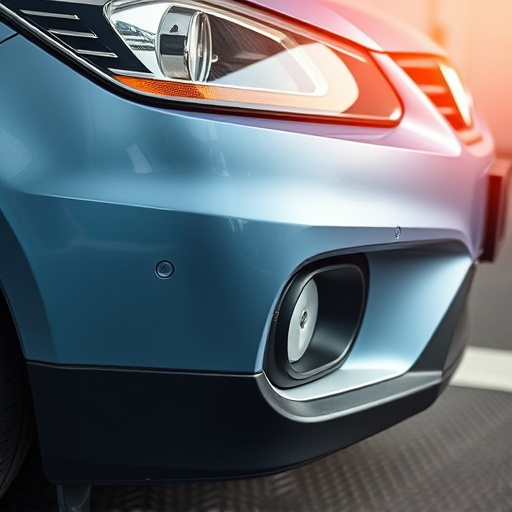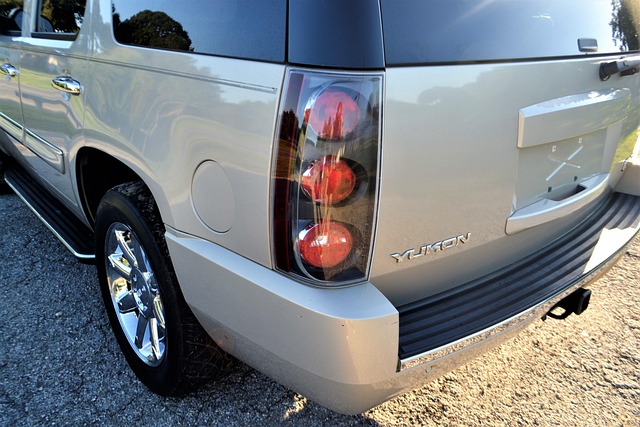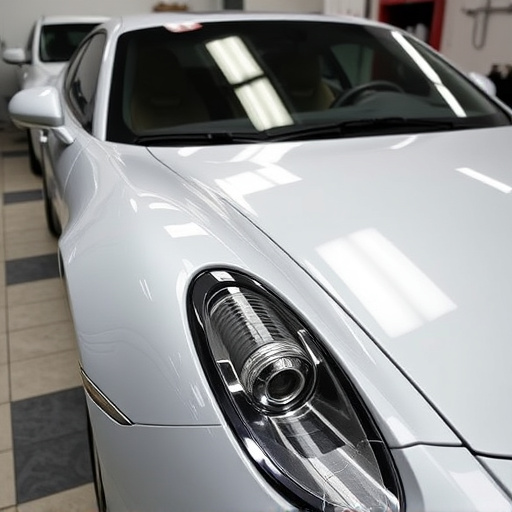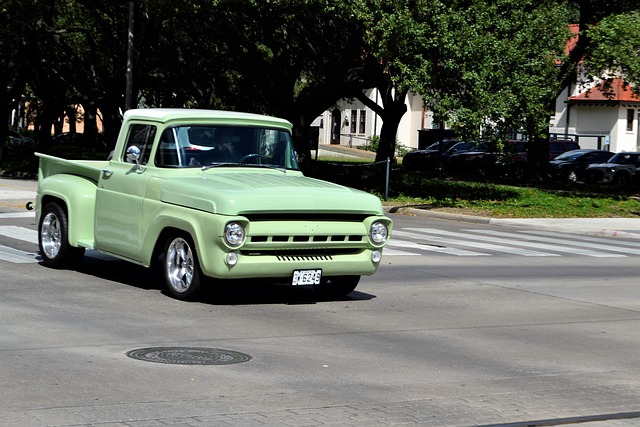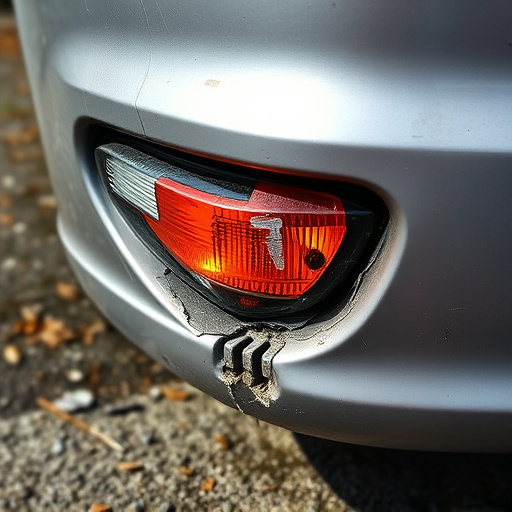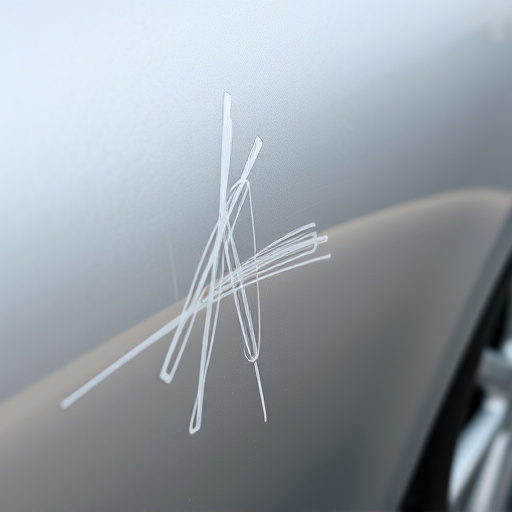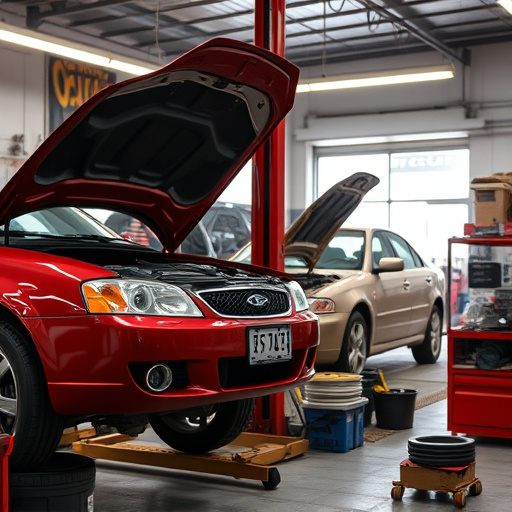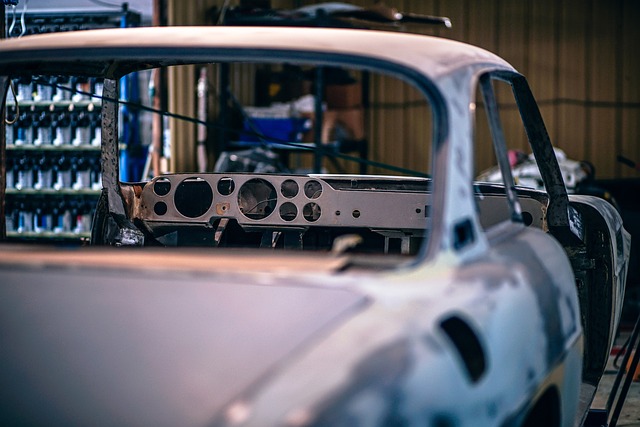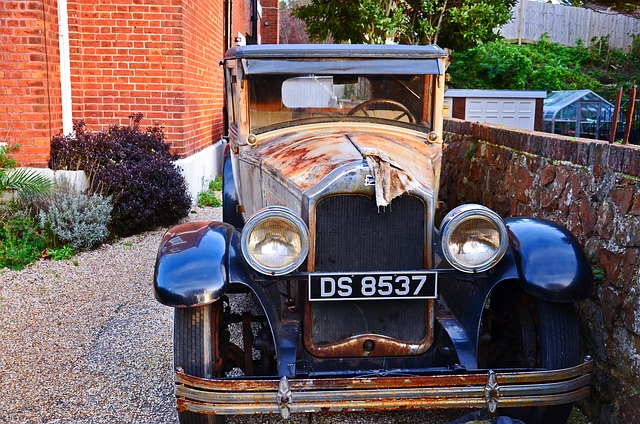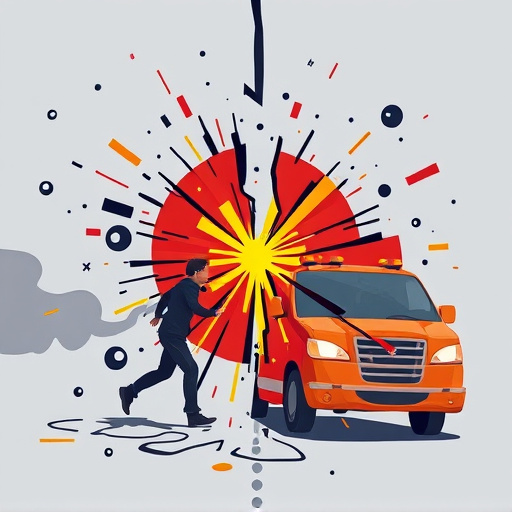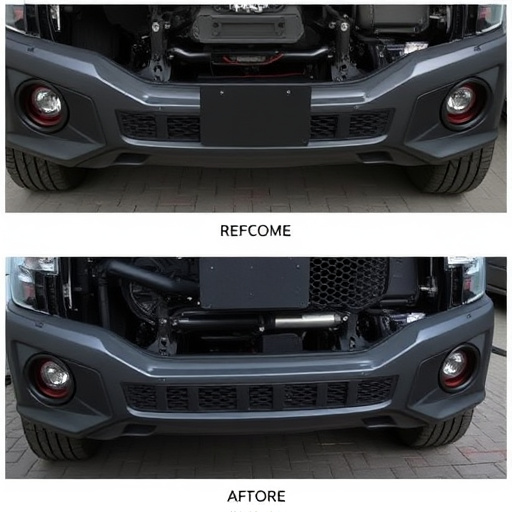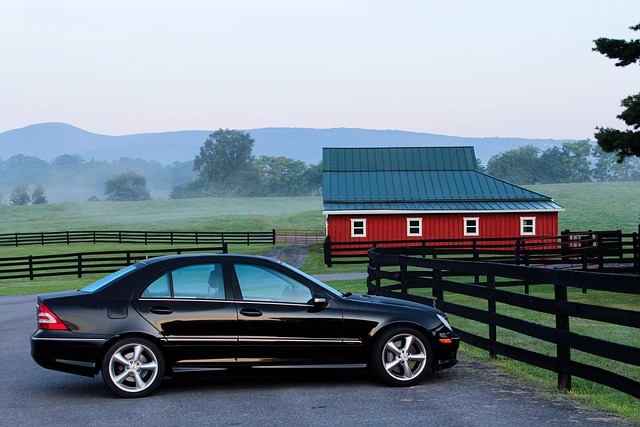Frame alignment services evolved from manual, labor-intensive methods to advanced computer-aided systems, offering faster, precise adjustments with less disruption to vehicle designs. This modern approach enhances efficiency, reduces repair times and costs, while prioritizing structural integrity, especially in specialized repairs like Mercedes-Benz collision repair. Choices between on-premises and cloud-based systems depend on operational needs, budget, balancing local control, data security, scalability, cost-effectiveness, and remote accessibility.
In today’s digital landscape, understanding the nuances of a frame alignment service is paramount for optimal visual communication. This article delves into the key differences between traditional and modern approaches, exploring manual versus automated alignment processes that shape our visual experiences. Additionally, we dissect on-premises versus cloud-based solutions, shedding light on their unique advantages and implications for various industries, ultimately empowering informed decisions in frame alignment service adoption.
- Traditional Methods vs. Modern Techniques
- Manual vs. Automated Alignment Processes
- On-Premises vs. Cloud-Based Solutions
Traditional Methods vs. Modern Techniques
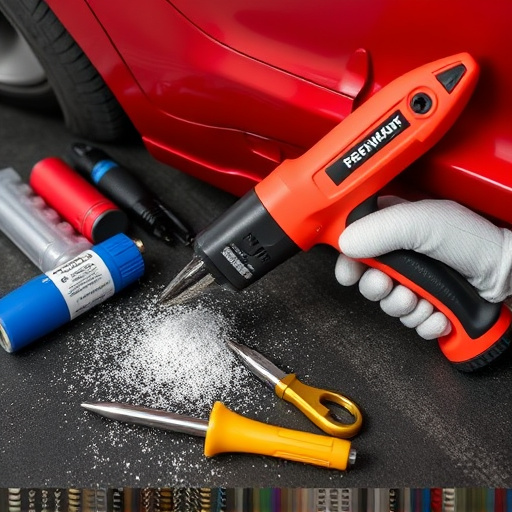
In the realm of frame alignment services, traditional methods have long been the industry standard for correcting vehicle damage, particularly in cases like Mercedes-Benz collision repair and automotive body work. These techniques, though reliable, often involve lengthy processes that demand extensive manual labor. Technicians meticulously adjust each component by hand, requiring precision and expertise to ensure the vehicle’s structural integrity is restored accurately. This method has its merits, especially for complex repairs, but it can be time-consuming and costly.
Modern techniques, on the other hand, have transformed the frame alignment service landscape with innovative technology. Advanced equipment now enables faster and more precise adjustments, reducing labor intensity. These new methods, much like the repair of a scratch, focus on minimizing disruption to the vehicle’s original design while ensuring structural soundness. By employing computer-aided systems, modern techniques offer increased efficiency, reducing repair times and potentially lowering costs for both customers and automotive body shops, without compromising quality in mercedes benz collision repair or other specialized services.
Manual vs. Automated Alignment Processes
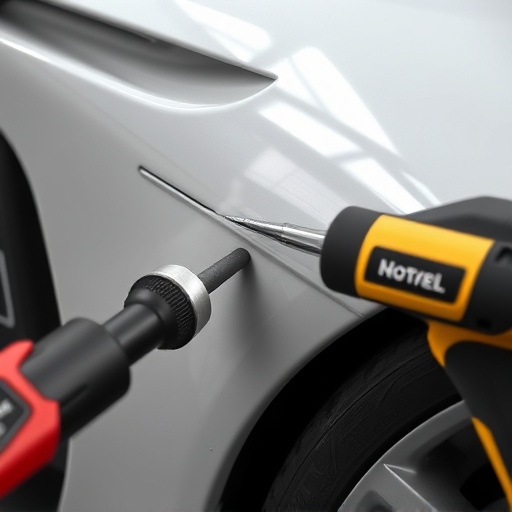
The process of frame alignment, a critical component of any automotive repair or car paint services, can be performed through two primary methods: manual and automated. Manual alignment, still used in many collision damage repair shops, relies on skilled technicians who carefully adjust components using hand tools and their expertise. This approach demands precision and experience, as even the slightest misalignment can affect the vehicle’s safety and handling.
In contrast, automated frame alignment systems utilize advanced technology to streamline the process. These machines precisely calculate and correct panel gaps, ensuring accurate repairs. Automated methods are particularly beneficial in modern car paint services, where speed and consistency are essential. They reduce human error and can significantly cut down repair times, making them a popular choice for collision damage repair facilities aiming to provide efficient, high-quality services.
On-Premises vs. Cloud-Based Solutions
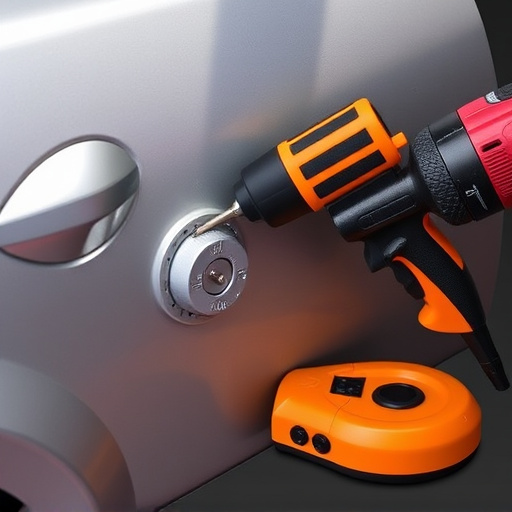
In the realm of frame alignment services, the choice between on-premises and cloud-based solutions is a significant one. On-premises systems have long been the traditional approach, where auto body shops invest in their own hardware and software to manage frame alignment processes. This method offers control over data security and local accessibility, making it appealing for smaller, independent auto body shop operations with specific needs. However, it requires substantial upfront costs and ongoing maintenance responsibilities.
In contrast, cloud-based frame alignment service platforms have gained popularity due to their scalability and cost-effectiveness. These solutions are hosted remotely, accessible via the internet, and often cater to a wide range of users. For example, a Mercedes Benz repair shop can leverage these cloud services for paintless dent repair, enjoying benefits like remote collaboration, automatic updates, and scalable resources without the burden of local infrastructure maintenance. This approach is particularly advantageous for larger shops or franchises with multiple locations.
In conclusion, understanding the nuances between various frame alignment service approaches is pivotal for making informed decisions in today’s digital landscape. The evolution from traditional methods to modern techniques, manual processes to automated solutions, and on-premises implementations to cloud-based services has reshaped how we manage frame alignment. By weighing the pros and cons of each approach, businesses can select the optimal framework that aligns with their unique requirements, ensuring enhanced efficiency, flexibility, and cost-effectiveness in their operations.
